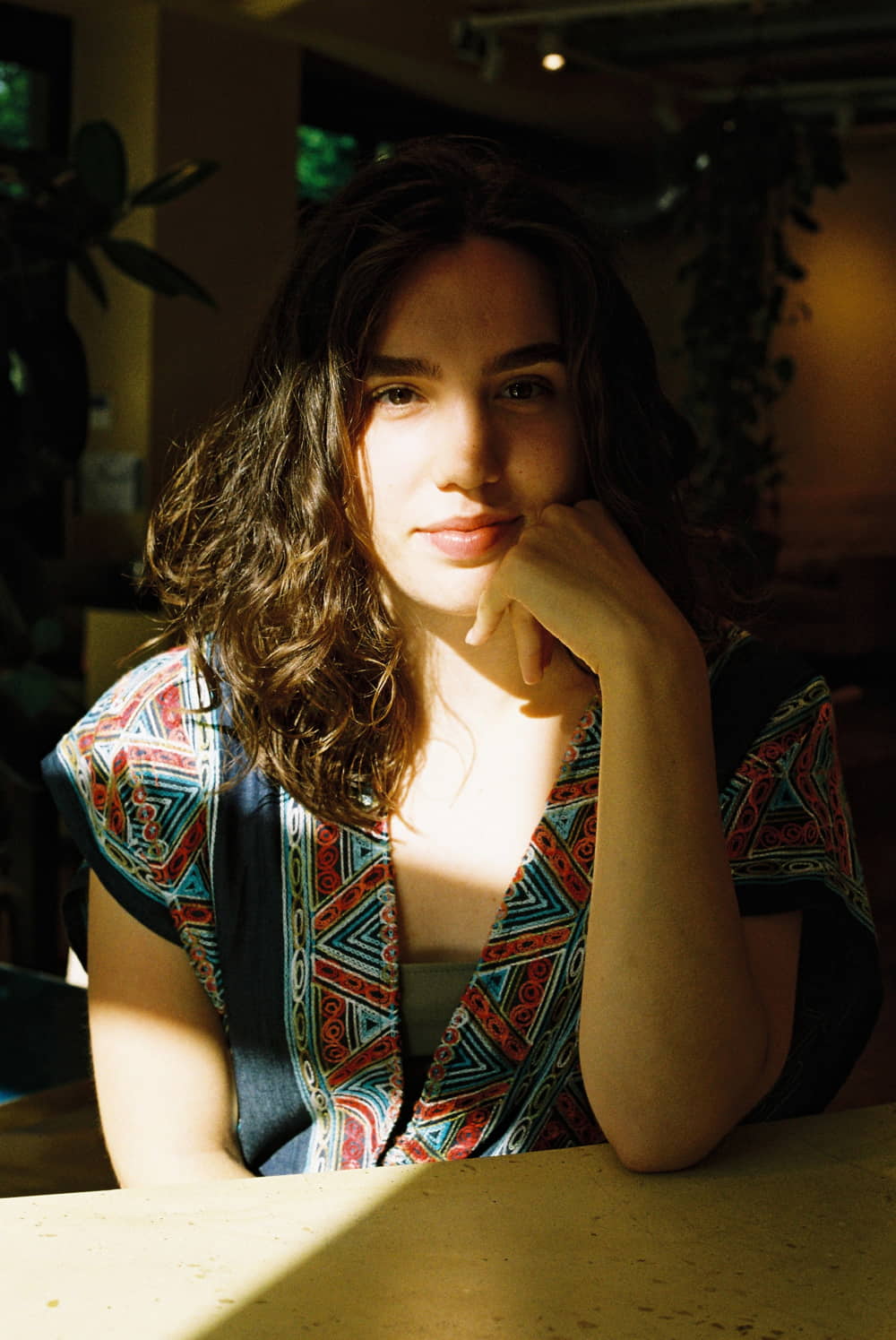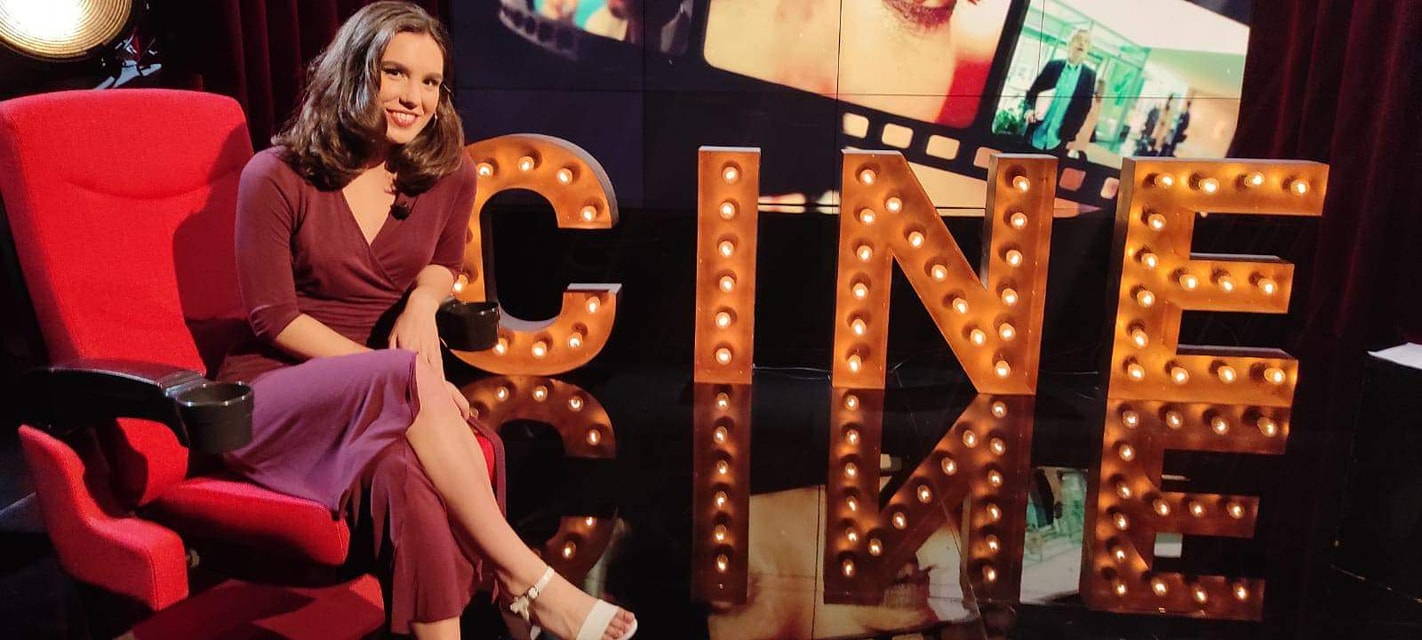
Raquel Kurpershoek Jaldón, born in 1998 in Amsterdam, raised between the Netherlands and Spain. From a very young age she developed a great love for music. She has studied different musical genres at the Rotterdam Conservatory of World Music Codarts, specializing in Latin American music.
She has been the winner of several singing competitions, such as the Prinses Christina Jazz Concours (2016) and the Zoetermeer Jazz Concours (2016). She also received three awards at the Andrea Parodi World Music Festival (Italy): International Prize, Best Music Award, and the International Bianco D’Aponte Prize (2022). Furthermore, she has been honored with the Young Researchers Award in the Art category from the Academy of Sciences, Arts, and Letters of Huelva (2023).
Raquel Kurpershoek grew up in a family where art was always present. From an Andalusian mother who is a flamenco dance teacher, she learned joyful liveliness, rhythms and melodies in combination with dance. Her father, an art historian, writer and traveler, taught Raquel from his travels the enormous musical wealth of each country he visited. In Raquel’s first EP entitled Mil Cosas we can feel all these musical influences: a musical walk through Latin American geography.
Raquel’s latest project is called NIZAMI. A tribute full of autobiographical symbolism inspired by the work The 7 wise princesses of the medieval Persian author and philosopher Nizami Ganjavi.
A work full of magic, color and diversity of love that serves Raquel as inspiration for her artistic composition. Turning this project into a beautiful musical poetry.
Another of Raquel’s great passions is research in non-verbal communication. This is how she entered the world of deaf people. She was greatly attracted to them, she loved their solidarity and their way of communicating. She found it much more powerful, warm, and beautiful than verbal communication. A language that Raquel identified with and that led her to study sign language.
Raquel found herself between two worlds, apparently opposite to each other: the world of music and at the same time the world of deaf people. But what they had in common was that both worlds constituted a powerful alternative to the dominant empire of verbal language.
And feeling the underlying link between music and deaf culture she began a very interesting experiment in the field of multimodality: transmitting everything through a documentary, Traslasierra.



















